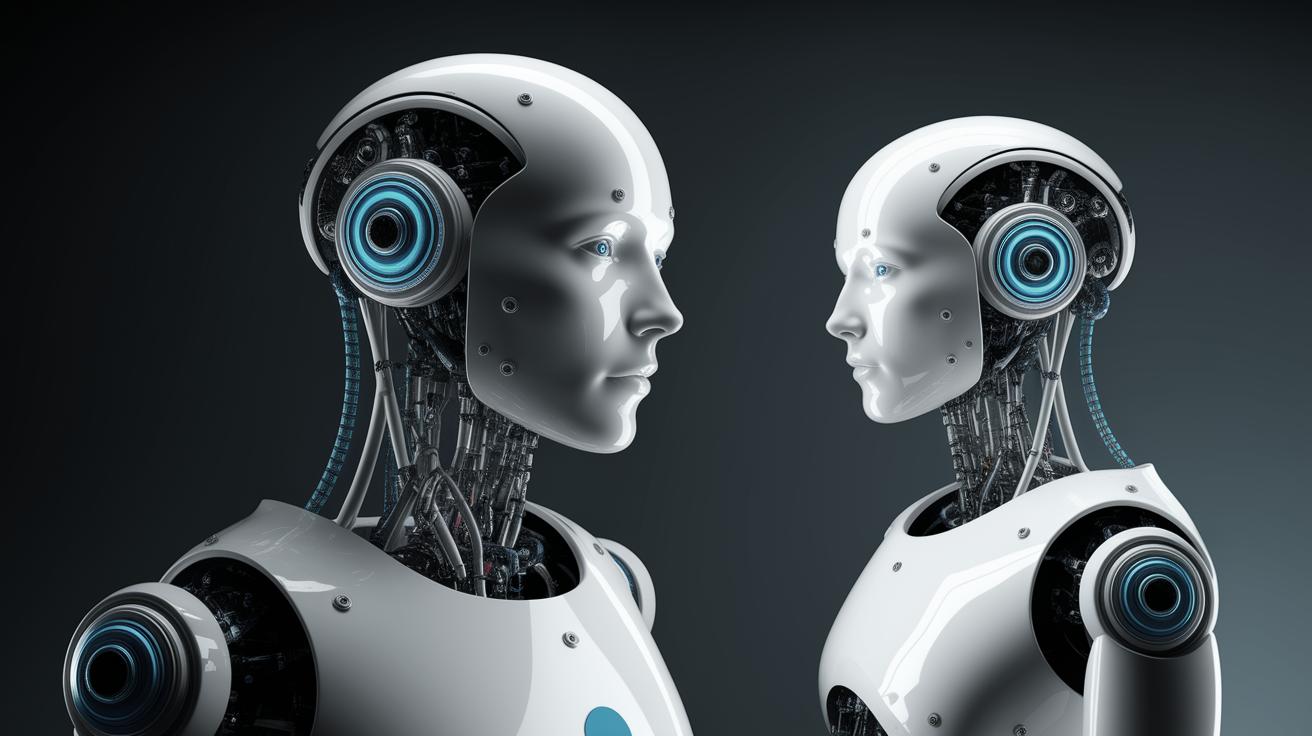The Role of Algorithms in AI and Robotics
In today’s technology-driven world, algorithms play a pivotal role in shaping how artificial intelligence (AI) and robotics operate. From basic decision-making to complex problem-solving, algorithms serve as the foundational elements powering these advanced systems. This article explores the types and significance of algorithms in AI and robotics, delves into the challenges associated with their use, and takes a look at the future trends shaping this dynamic field. By understanding the role and impact of these algorithms, we can better appreciate how they improve efficiencies and capabilities in various technological applications.
Understanding Algorithms
Algorithms are essentially a set of rules or instructions designed to perform a task or solve a problem. In the realm of AI and robotics, algorithms facilitate the processing of data and execution of complex operations to achieve desired outcomes. With growing advancements in computing power, these algorithms have become more sophisticated, enabling machines to mimic human-like decision-making and learning.
The role of algorithms extends beyond simple task execution, as they also drive the core functionalities of AI systems, such as pattern recognition, data analysis, and predictive modeling. In robotics, algorithms enhance the ability of machines to interact with their environment, allowing for navigation, manipulation, and sensory processing.
Types of AI Algorithms
AI algorithms can broadly be categorized into three main types: supervised learning, unsupervised learning, and reinforcement learning. Supervised learning involves training a model on a labeled dataset, enabling it to make predictions or classifications. This type of algorithm is widely used in applications such as image recognition and spam detection.
Unsupervised learning, on the other hand, deals with data that lacks predefined labels. It seeks to uncover hidden patterns or group similar data points together. This approach is commonly used in clustering tasks and anomaly detection. Reinforcement learning focuses on training models through trial and error, using rewards and penalties to optimize behavior. It’s particularly effective in robotics for developing autonomous systems and solving complex environments.
The Significance of Algorithms in Decision-Making
Algorithms play a crucial role in the decision-making processes of AI and robotics systems. By analyzing data and identifying patterns, algorithms enable machines to make informed decisions rapidly and accurately. These capabilities are crucial in high-stakes environments, such as autonomous vehicles and medical diagnostics, where split-second decisions can have significant consequences.
Furthermore, the continuous refinement of algorithms helps improve the efficiency and reliability of AI and robotics systems. With advancements in machine learning, algorithms are now capable of self-improvement, evolving to better adapt to new challenges and complexities. This ability to learn and evolve is paving the way for more resilient and adaptive technological solutions.
Challenges and Considerations
Despite their numerous benefits, the deployment of algorithms in AI and robotics is not without challenges. One significant consideration is the ethical implications of automated decision-making. Bias in algorithms can lead to unfair or unjust outcomes, necessitating rigorous testing and validation to ensure fairness and transparency.
Additionally, the complexity of designing effective algorithms poses its own set of challenges. Developing algorithms that can operate in diverse and unpredictable environments requires careful consideration of various factors, including robustness, scalability, and real-time performance. These challenges highlight the need for ongoing research and development to create more sophisticated and reliable algorithms.
Future Directions and Evolving Technologies
As AI and robotics continue to evolve, the role of algorithms is expected to expand further. Emerging technologies such as quantum computing hold the potential to revolutionize the way algorithms are developed and executed, promising significant improvements in speed and efficiency.
Moreover, the integration of AI algorithms with the Internet of Things (IoT) is creating new opportunities for smart applications, ranging from intelligent manufacturing systems to personalized healthcare solutions. The convergence of these technologies is likely to accelerate the development of more advanced and interconnected systems that push the boundaries of what is possible.
Summary of Main Points
| Section | Key Points |
|---|---|
| Understanding Algorithms | Defines algorithms as fundamental components in AI/robotics; highlights data processing and task execution capabilities. |
| Types of AI Algorithms | Categorizes algorithms into supervised, unsupervised, and reinforcement learning; describes their applications. |
| The Significance of Algorithms in Decision-Making | Explores the impact on rapid, accurate decision-making and continuous refinement for efficiency in complex environments. |
| Challenges and Considerations | Discusses ethical implications, algorithmic bias, and the complexities in designing reliable algorithms. |
| Future Directions and Evolving Technologies | Examines the potential of quantum computing and IoT integration in advancing AI and robotics. |


